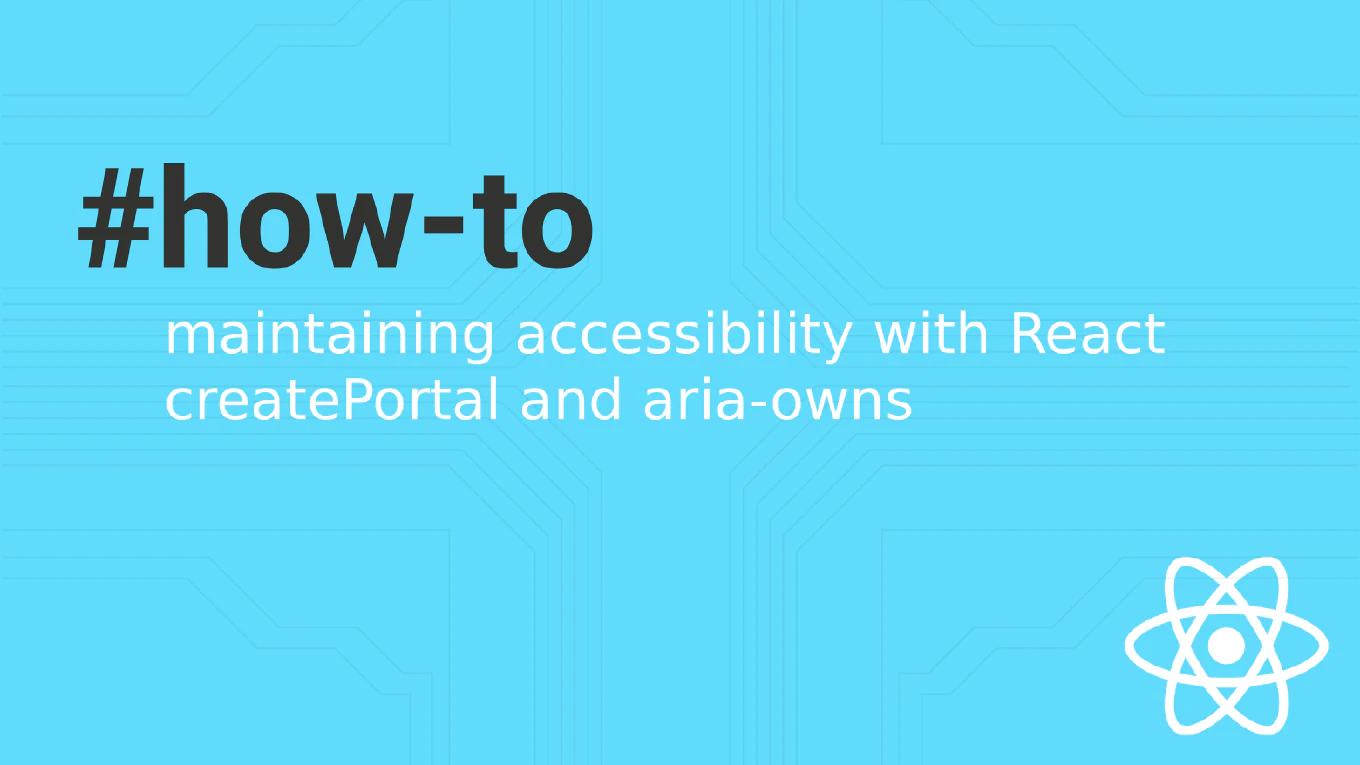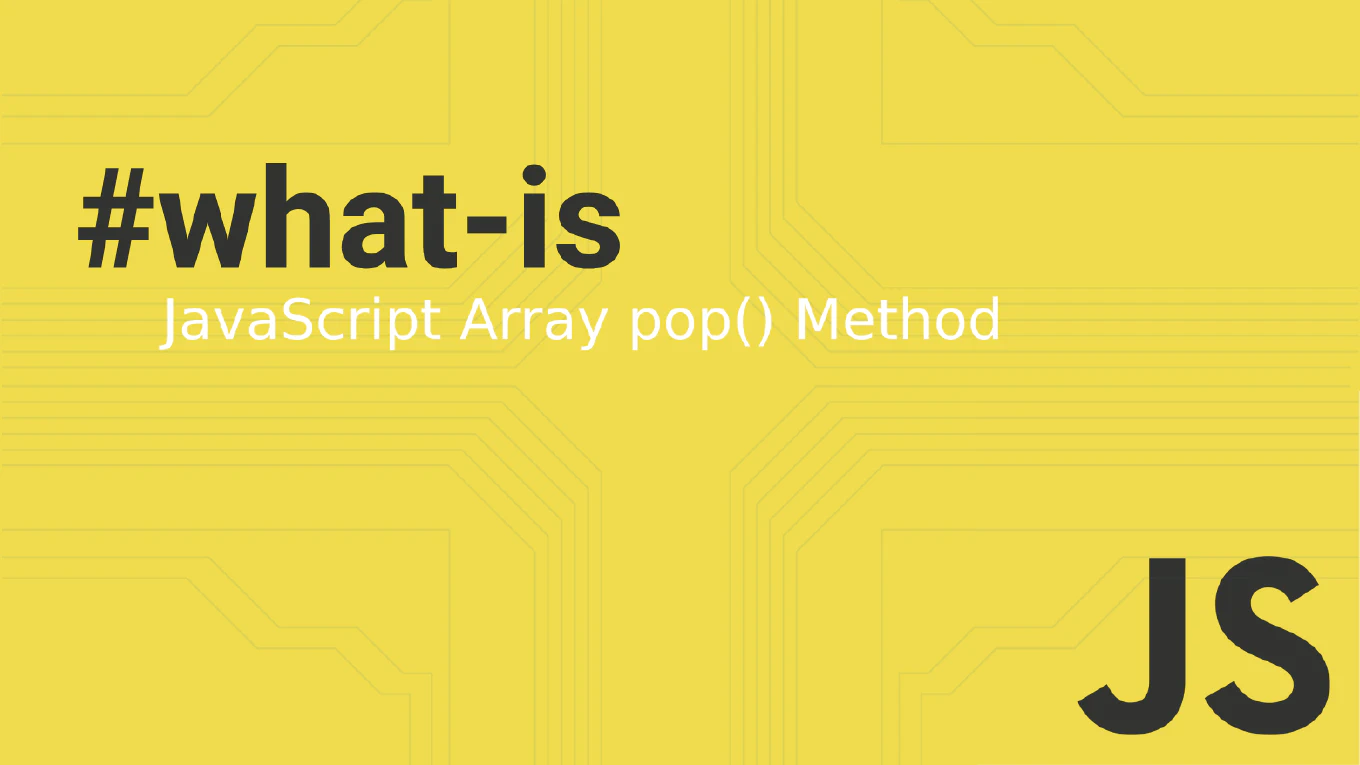How to emit events from child to parent in Angular
Emitting events from child to parent components is essential for building interactive Angular applications with proper component communication.
As the creator of CoreUI, a widely used open-source UI library, I’ve implemented countless event-driven component interactions over 25 years of development.
From my expertise, the most reliable approach is to use the @Output decorator with EventEmitter to create custom events that parent components can listen to.
This pattern maintains loose coupling while enabling effective component communication.
How to use @Output decorator in Angular
Using the @Output decorator is essential for child-to-parent communication in Angular applications, enabling components to emit custom events and maintain loose coupling. As the creator of CoreUI, a widely used open-source UI library, I’ve designed thousands of Angular components using @Output decorators for button clicks, form submissions, and custom interactions in enterprise component libraries. From my expertise, the most effective approach is to use @Output decorator with EventEmitter and descriptive event names. This method provides type-safe event communication, clear component interfaces, and excellent developer experience while maintaining component reusability and testability.



